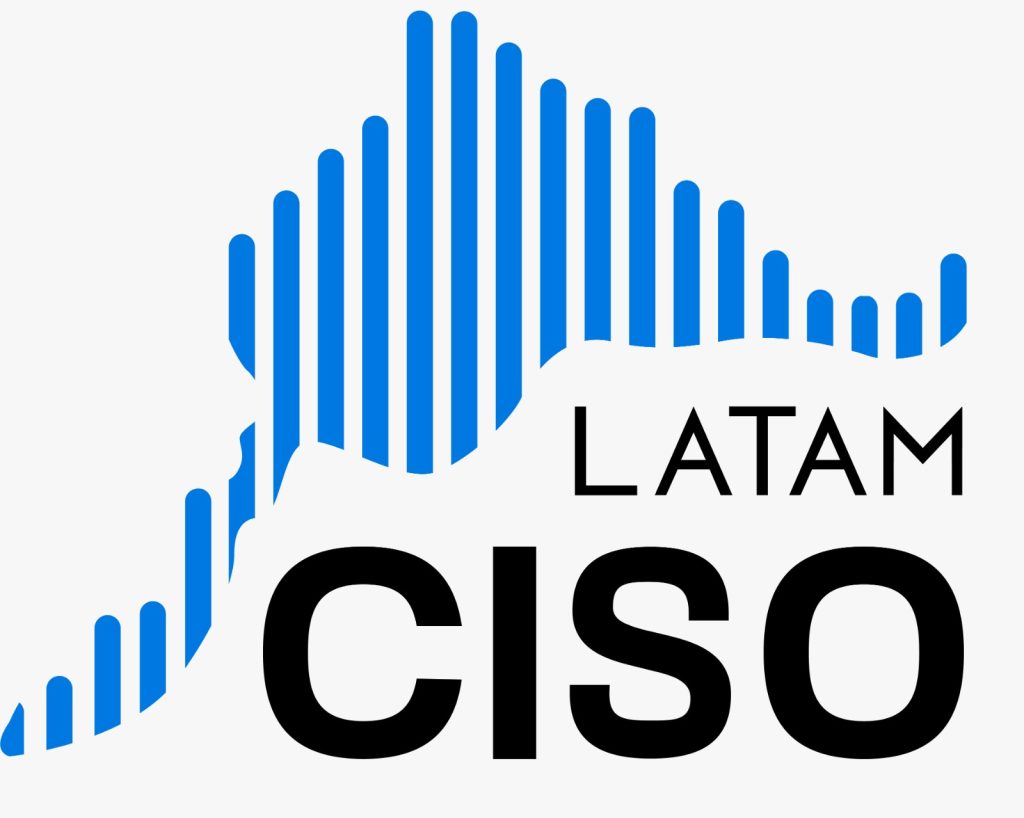
Under the auspices of Venable, LLP, a law and lobbying firm in Washington, D.C., and through its Center for Cybersecurity and Law (CCPL), a new regional initiative called LATAM CISO is being born. The promoter of the idea is Belisario Contreras, former manager of the Cybersecurity Program of the Organization of American States (OAS), who began working for Venable in Washington DC a few months ago.
Cybersecurity groups exist in every region, including in Latin America and the Caribbean. So, it’s worth asking from the get-go what regional needs this new group is going to satisfy or what value it is expected to bring to its members and the countries in the region. I asked these and other questions to Belisario and these are his answers, that help learn a bit more about the project:
Lado Oscuro: What is LATAM CISO?
Belisario: LATAM CISO is an initiative created under the Center for Cybersecurity Policy & Law (CCPL), aimed at creating a multi-stakeholder, interdisciplinary network of cybersecurity professionals from diverse sectors interested in cyber and digital issues. The network aims at gathering and coordinating input from its members to shape a set of policy priorities and technical issues to address in the Americas.
It will develop innovative proposals while promoting open competition and democratic principles across the western hemisphere. Moreover, the members understand the value of proactively engaging with governments, and the private sector, as well as with civil society and international organizations, among other relevant stakeholders, to positively shape and advance common cybersecurity and digital policy priorities.
Lado Oscuro: What need will it satisfy in the region?
Belisario: Around 40 percent of the world’s population, including Latin America and the Caribbean, is offline, which means that they will be vulnerable targets for cyberattacks if and when they do connect. I highlight this because, in addition to the current challenges, there will be more coming in the short and the mid-term.
More specifically, LATAM CISO will work to ensure that policies and regulations include our core principles and are aligned with international standards. We also believe in the value of promoting information sharing and exchange of best practices, and the development of research and outreach material. Last, but not least, capacity building and awareness raising for policymakers, lawmakers, law enforcement, and the private sector.
Lado Oscuro: Who is part of the group?
Belisario: Right now, a group of over 200 recognized CISOs from the region are part of an informal communications channel. Through this channel, we are exchanging best practices, insights, and information, that I believe will make us grow as a community.
Lado Oscuro: What topics will the initiative cover?
Belisario: The agenda is open to discussing the most relevant topics for the Latin America and Caribbean region. Right now we are looking at adding to the agenda issues such as critical infrastructure protection; digital identity and privacy; 5G, emerging threats and trends; and, evolution and challenges of the fintech industry, among other relevant topics.
Lado Oscuro: And will the group meet in-person at any point sometime soon?
Belisario: Definitely. We are coordinating both virtual and in-person initiatives. We are planning a LATAM CISO Summit to take place on November 17-18 in Washington, D.C. We think that meeting in the U.S. capital would be a unique opportunity to highlight the importance of the Latin America and Caribbean region for the digital and cybersecurity ecosystem. We welcome the participation of key CISOs from a variety of sectors in the region.
Lado Oscuro: What would be, according to your vision, two objectives that the group should meet in the first year of its creation?
Belisario: On one hand, the creation of an advisory board: Its members will be key institutions that will enrich the network’s initiatives. On another hand, on-boarding new members: We are currently engaged in conversations with recognized governments, private sector institutions and international organizations in order to develop sector-specific initiatives that are specific to each country.
———
Time will tell how LATAM CISO will bring value to the region. On one hand, the network of contacts that Belisario developed during his years at the OAS is interesting and can, for example, allow some in the region access to policy-makers and decision-makers that they would otherwise not have access to. On another hand, it’s an opportunity for the CCPL (mentioned above) because to be a member of the advisory board, organizations will have to pay a fee, which is also understandable since LATAM CISO has to find funding somewhere.
For now, the project looks interesting and it’s worth keeping an eye on its evolution. Some names of those who have been included in the informal communications channel that Belisario referred to are interesting, however they have been inactive so far. Like I said, time will tell: What value will it bring to its members and the region?
Carlos Álvarez
blogladooscuro @ gmail.com
@isitreallysafe




Comentarios